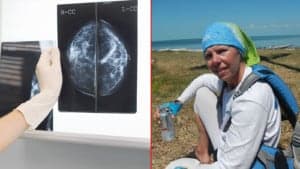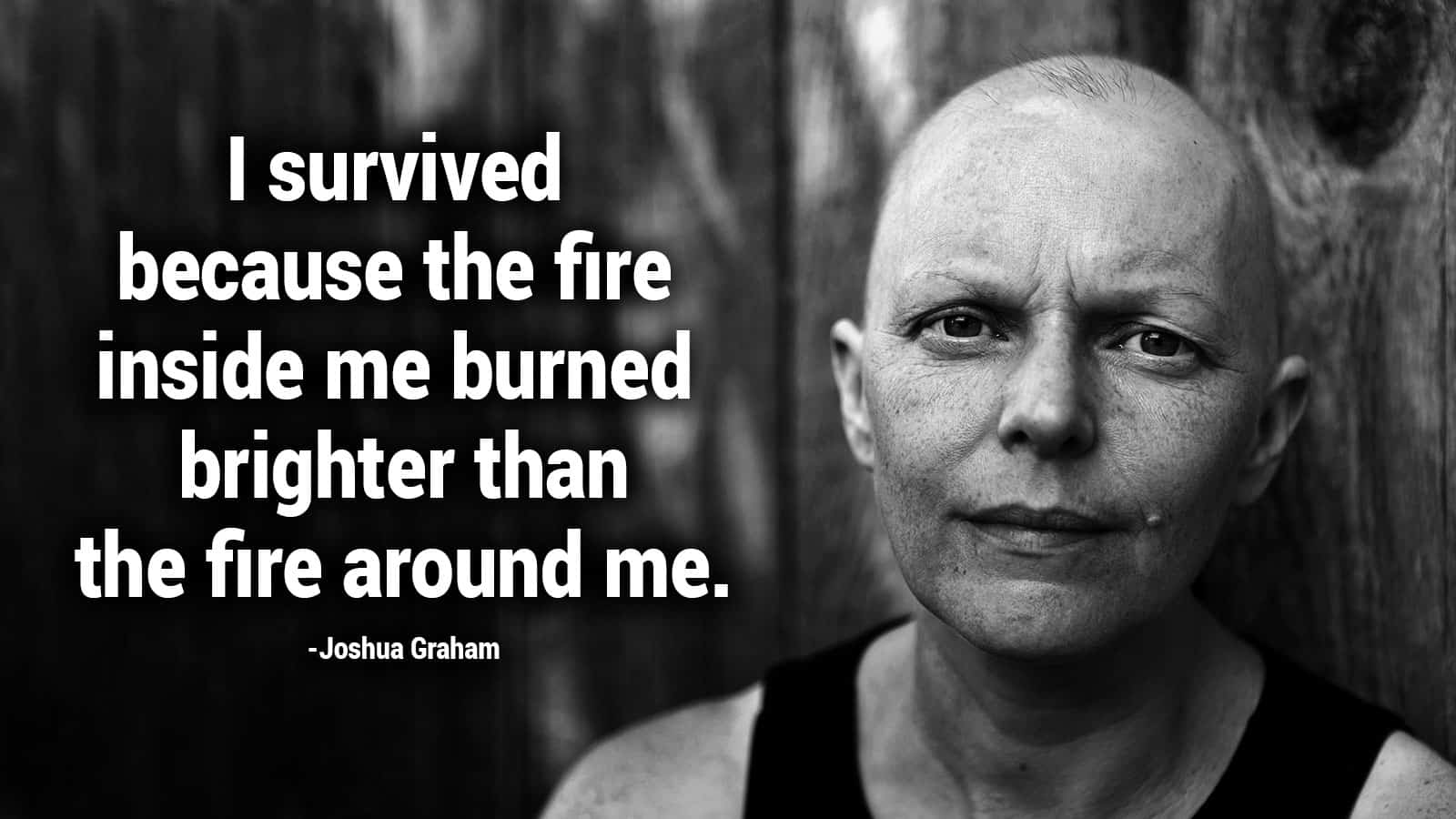Cancer is a terrible disease, and chemotherapy may have adverse side effects on patients.
This disease is widespread. Indeed, the American Cancer Society reported that in 2019 alone, over 1 million people perished from this disease. Furthermore, they reported more than 600,000 newly diagnosed cases of cancer.
Chemotherapy is the primary treatment that many oncologists recommend. What patients might not understand is the potential impact of this therapy on the human body. There can be many adverse side effects of chemotherapy, depending on the type utilized. An oncologist explains how this treatment works and discusses the possible risks.
What is Chemotherapy? And How Does it Work?
Chemotherapy is usually the first course of action after a doctor diagnoses cancer. These drugs kill cancer cells that rapidly divide. While the purpose behind using chemotherapy is to kill cancer cells, they do not discriminate. In fact, they destroy healthy cells, as well.
Most chemo treatment is given intravenously, but there are some forms of chemo that are now available in pill form.
Although the pill form of the treatment isn’t as popular, it is certainly more comfortable for those who suffer from specific types of cancer.
 Side Effects of Chemotherapy
Side Effects of Chemotherapy
Some of the most common adverse side effects of chemo treatment include the following:
- Nausea and vomiting
- Changes to appetite
- Constipation
- Anemia
- Hair Loss
- Anemia
- Fatigue
- Easy bruising and bleeding
Although these unwanted side effects are some of the most common, they can be problematic for the individual who is receiving treatment.
An oncologist explains the adverse side effects of this conventional approach to treating cancer.
Why Does Chemotherapy Cause Adverse Side Effects on the Body?
Chemo treatment’s purpose is to kill cancer cells that are growing at a rapid pace. Along with these dangerous cells, the chemicals also destroy the body’s healthy cells in the process.
The death of those healthy cells is what causes you to be sick. As those robust cells die, your body becomes depleted. Thus, your immune system weakens.
Let’s take a more in-depth look at the side effects of chemo.
1. Nausea and vomiting.
Nausea and vomiting have always associated with the flu or stomach viruses. But for cancer patients, it also links to their chemo treatments. In fact, one report states that this adverse impact occurs in a staggering 80 percent of cancer patients.
That sick feeling in the stomach that is undeniable, and it comes on as the chemicals used for treatment cause imbalances in the body. The inability to eat and the sick feeling in the pit of the stomach make patients feel nauseated. Vomiting is just a way for the toxins to exit the system.
The danger arises because the continual cycle of chemo treatment, nausea, and vomiting triggers lowered potassium and dehydration. These issues leave cancer patients more prone to heart problems, pneumonia, flu, and viral infections.
2. Change to appetite.
Most patients express a lack of interest in eating post-treatment. Some patients feel that “chemo days” as so exhausting they lack the energy to lift a fork for days afterward. Additionally, a change in appetite may also occur with treatment because of the change of taste in your mouth. This change to the taste buds is quite usual with treatment for cancer.
Why is this loss of appetite so dangerous? According to research revealed by the Canadian Cancer Society, this side effect triggers rapid, unhealthy weight loss and may contribute to malnutrition. That scenario poses a danger to the patient’s ability to bounce back once treatments end.
3. Fatigue.
A lack of energy is quite usual with cancer treatment. When healthy cells are dying, this causes a significant strain on a patient’s energy levels. Not only do patients lack the energy to go about their day, but the fatigue also disrupts the patient’s everyday life.
This fatigue occurs because of the destruction of healthy cells along with the dangerous, cancerous ones. The body focuses its energy on cell remanufacturing, leaving the patient feeling depleted. According to one report, the human body might take as long as five years to manufacture cells to replace those lost in chemotherapy.
The same report goes on to offer a natural energy booster that can help patients get back to feeling better, faster–ginseng.
4. Losing hair.
Hair loss is one of the most common side effects that the world associates with cancer treatment. Doctors call this condition Chemotherapy-Induced Alopecia or CIA. CIA is relatively common. However, not every patient will deal with it at all.
Hair loss occurs because there are hundreds of thousands of blood vessels around hair follicles which fuel the growth of hair. Although cells multiply, they grow faster here than they do anywhere else in the body.
Not only is the loss of hair uncomfortable, think sunburns or itchy scalp, but it psychologically damages the patient. Every day, the person looks in the mirror at the indelible reminder of cancer.
5. Irregular bowel movements.
Chemo treatment literally changes everything, including the patient’s gut health. Along with cellular damage to the lining of the digestive organs comes the previously mentioned appetite loss.
These changes precipitate constipation, hardening, or loosening of the stools, diarrhea, and vomiting.
Over time, this irregularity could cause irregular heartbeat, seizures, or respiratory distress.
6. Anemia.
Anemia, an iron deficiency links to chemotherapy. The healthy growth of red blood cells is essential for energy reserves. Those who are unable to get this energy reserve will discover that anemia comes on easily.
One report points to this condition as the cause of some of the cancer-related fatigue. Additionally, it suggests that anemia might be the cause of nausea and appetite loss in some patients.
7. Infection (Post Cancer Treatment).
Did you know that some may face infections long after the treatment is over? New research has shown that treatment for cancer can cause disease or problems fighting off infection long after treatment has ended. This weakening is because the immune system may not be as robust as it once was. It takes time to build up the immune system after chemo treatments are over.
“You beat cancer by how you live, why you live, and in the manner in which you live.” Stuart Scott

Managing the Adverse Effects of Chemo
Chemo ravages cancer and healthy cells. While about 80 percent of people experience adverse side effects, there are ways for patients to minimize their impact.
According to research, some natural ways a cancer patient can reduce the impact of chemotherapy include the following:
Yoga
Yoga helps patients restore a more positive mindset as they fight their disease. It also helps to minimize inflammation that may occur.
Herbal remedies
The same report mentions herbal remedies. In addition to ginseng mentioned earlier, ginger may quell nausea that arrives after a chemotherapy treatment.
Massage therapy
Getting a massage can help a patient feel better physically and mentally. All patients should make self-care a priority during treatments, and this is a real treat for the body.
Mindfulness Meditation
Patients who learn to meditate during chemotherapy treatments may improve their mood, sleep better, feel less fatigued, and stave off nausea.
Recap
Along with cancer treatment comes some adverse side effects. Most of these side effects are due to the fact that during chemotherapy treatment, healthy cells die also. When healthy cells become damaged, the body fights to overcome this and rebuild healthy tissue and new cells to fight disease.
The fight to overcome damaged cells and tissue will cause the body to feel fatigued. There are several natural remedies that prove to decrease the severity of the adverse impacts–or even eliminate them altogether in some people.

Final Thoughts: Is chemotherapy a curse or a cure?
Cancer is a terrible disease that destroys millions of lives each year. Furthermore, several thousand more receive a new diagnosis each year.
And the seemingly best treatment options that oncologists can offer–surgery and chemotherapy–are invasive. More importantly, they cause risks and disrupt the daily life of cancer patients. Even as a patient should gear up to literally “fight for their life,” they receive surgical and chemical interventions that knock out their zest for life.
Scientists conducted a tremendous amount of cancer research over the years, but new research continues. Cancer research will always continue. It seems that there is so much to learn and that researchers have only scratched the surface.
It is essential that all cancer treatment be taken seriously, and that research continues to help save lives. There are so many different types of cancer, and cancer treatment will vary with each patient.
But many patients know that the cure is also a curse. While it will kill off cancer that invades their bodies, it will weaken them for the near future. Complementary care like yoga, massage therapy, and meditation can help ease the symptoms of chemotherapy. In the meantime, researchers continue to look for a less invasive cure for cancer.














 Community
Community

